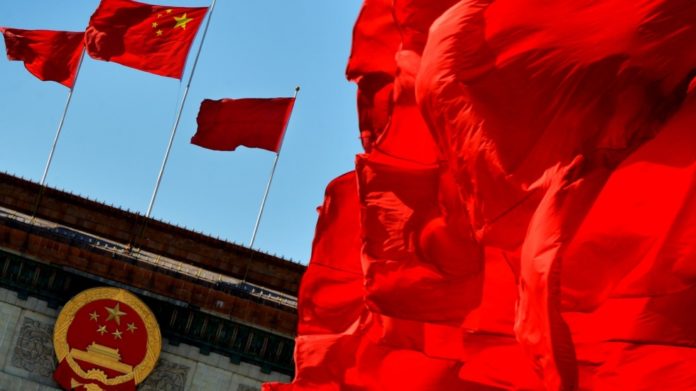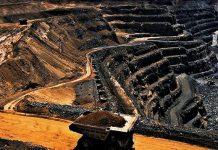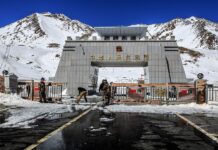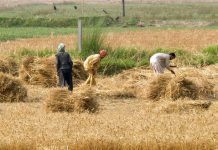
BEIJING: China’s November retail sales grew at their weakest pace since 2003 and industrial output rose the least in nearly three years as domestic demand softened further, underlining rising risks to the economy as China works to defuse a trade dispute with the United States.
The world’s second-largest economy has been losing momentum in recent quarters as a multi-year government campaign to curb shadow lending put increasing financial strains on companies in a blow to production and investment.
The slowdown in Chinese industries has started to weigh on consumer sentiment this year, tapping the brakes on retail sales. Big-ticket items have been the first to be hit, with auto sales declining since May.
Retail sales rose 8.1 percent in November from a year earlier, data from the National Bureau of Statistics showed on Friday, below expectations for an 8.8 percent rise and the slowest since May 2003. In October, sales increased 8.6 percent.
Auto sales fell a sharp 10.0 percent from a year earlier. The slump was in line with data released by China’s top auto industry association, which showed sales dived 14 percent in November – the steepest drop in nearly seven years.
The stresses on broad activity have been compounded by a sharp escalation in China’s trade dispute with the United States, which has threatened to fracture global supply chains, chill investment, exports and growth.
Industrial output rose 5.4 percent in November, missing analysts’ estimates and matching the rate of growth seen in January-February 2016. Factory output had been expected to grow 5.9 percent, unchanged from October’s pace.
Over the weekend, China reported far weaker than expected November exports and imports, reflecting slower global demand and waning domestic factory activity as profit margins narrow.
With economic growth at its weakest since the global financial crisis, Chinese policymakers are ramping up spending, pushing banks to increase lending and cutting taxes to shore up businesses and ward off a more damaging slump.
The weaker November industrial output and retail sales growth numbers showed that downward pressure on the economy is increasing, said Mao Shengyong, a spokesman at the statistics bureau.
But China is on track to hit its 2018 economic growth target of around 6.5 percent, Mao told reporters.
TRADE WAR TRUCE
A temporary 90-day trade war truce agreed by the United States and China early this month may have removed some of the immediate pressure on the economy.
The impact on China’s economy from the Sino-U.S. trade frictions are not apparent yet, Mao cautioned, adding that the nation will face more “external” uncertainties in 2019.
Indeed, even in the unlikely event, the world’s top two economies reach a durable resolution in their dispute, ebbing domestic demand, mounting household debt and a cooling real estate sector point to a further slowdown in growth next year.
China’s fixed-asset investment growth quickened to 5.9 percent in the January-November period.
Investment growth is expected to be steady and may rebound slightly in 2019, Mao said.
INFRASTRUCTURE, PROPERTY
Infrastructure investment, a major growth lever that Chinese policymakers have pulled in past slowdowns, rose 3.7 percent in the first 11 months. That was unchanged from the pace in the first 10 months of the year.
Mao said he expected to see more of an impact on investment from infrastructure projects in 2019.
Private-sector fixed-asset investment rose 8.7 percent in January-November, compared with an increase of 8.8 percent in the first 10 months.
Private investment accounts for about 60 percent of overall investment in China.
On the property front, real estate investment rose 9.7 percent in the first 11 months, unchanged from the pace in January-October.
Property sales by floor area grew 1.4 percent in January-November, slowing from an increase of 2.2 percent in the first 10 months.
The real estate sector, a key driver of economic growth in China, has been cooling in recent months as a government crackdown on property speculation and thinning margins for developers led to a surge in failed land auctions.






